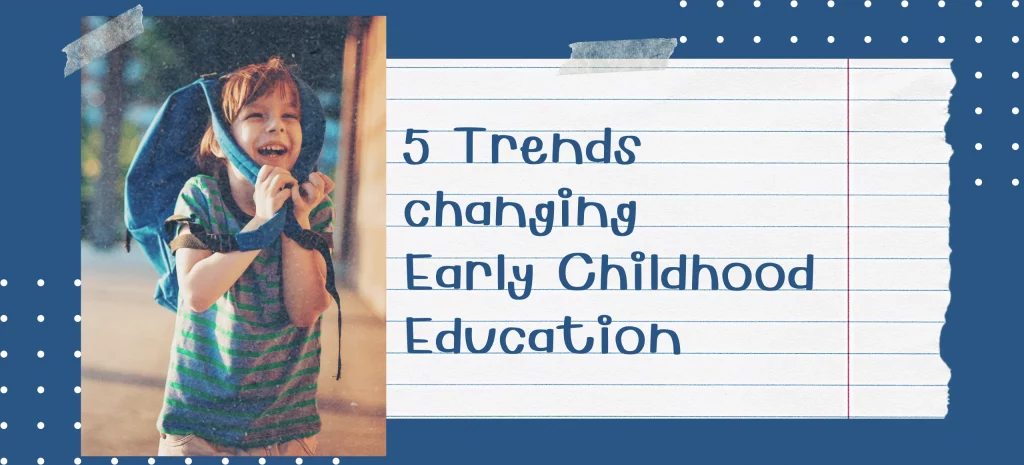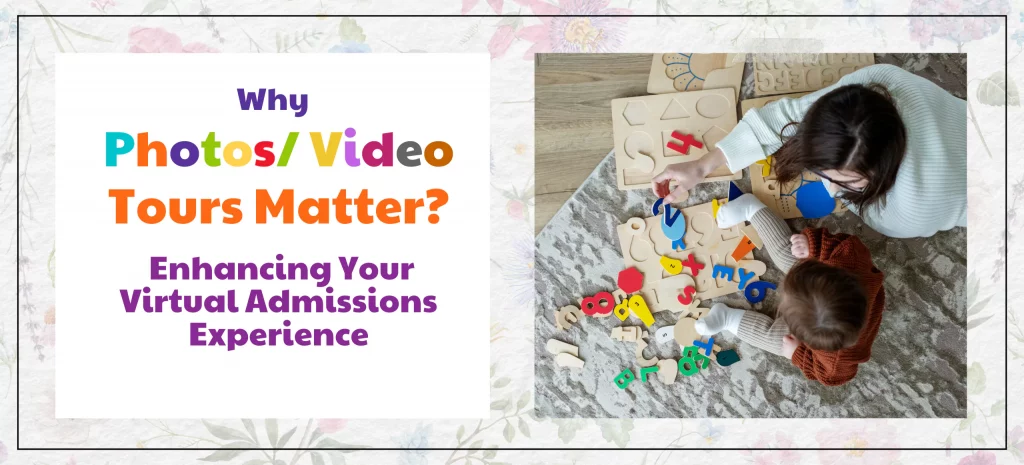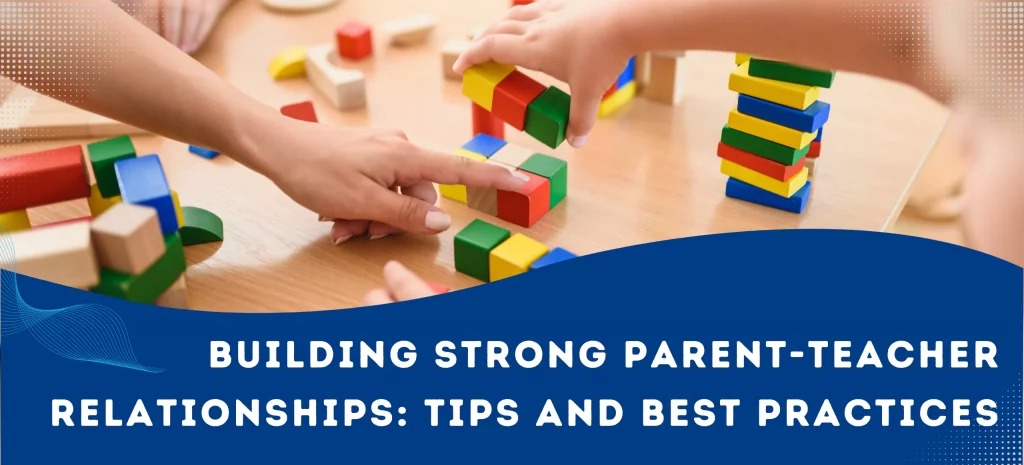Big changes are happening in childcare and early childhood education programs, and with a degree in early childhood education, you can help move it forward.
Major early childhood education initiatives are focused on improving the quality of—and providing greater access to—early childhood education and daycare programs in the U.S. Young students who do not have the advantage of early childhood education may enter kindergarten unprepared and struggle to keep up with their better-prepared classmates over the years. They may have to endure the stigma of repeating a grade or even dropping out before they graduate.
New initiatives are being designed and implemented to combat some of the systemic deficiencies in early childhood education. The following five trends in early childhood education address these challenges with innovative solutions:
- Classes must stimulate mutual help, interaction, and association.
These elements, combined with completely playful activities, undoubtedly make learning for children much more fun.
Curiosity when stimulated and the will to explore make children the protagonist of their space.
Group work develops several social-emotional skills such as cooperation, communication and autonomy, something that is increasingly required in adult life.
And the child begins to awaken his talent and understand that he has an important role in society.
- Closing the achievement gap requires targeting the significant disparity in school test scores between different ethnic and economic groups. There are various initiatives—such as the universal preschool movement and the Every Student Succeeds Act—that specifically target the achievement gap to further prevent children from falling behind in school.
- Early literacy involves helping children ages 1 to 3 understand concepts such as letter recognition, word sounds, vocabulary development, and narrative awareness. The earlier children experience reading, writing, and storytelling, the better their vocabulary and reading comprehension will be. Early literacy programs are being integrated into public libraries, schools, and other educational facilities across India to help parents better prepare their children for successful literacy.
- The Reggio Emilia approach helps parents and children transition from home to school. Reggio Emilia concepts developed in the 1940s can also be found in Montessori and Waldorf schools around the world. This style of early childhood education requires greater involvement of parents and students in the program, and the learning environment is tailored to the specific needs of the child and features an emphasis on independence.
- Technology in the classroom involves the intentional and appropriate use of technology for learning. This move not only reduces the cost of textbooks and other learning materials but also gives students greater access to a wider variety of online learning tools. By enabling greater access to early childhood education through technology, we are also preparing our children for our technologically advanced society. Additionally, some programs and apps can help teachers and administrators track which resources work best for their students.





